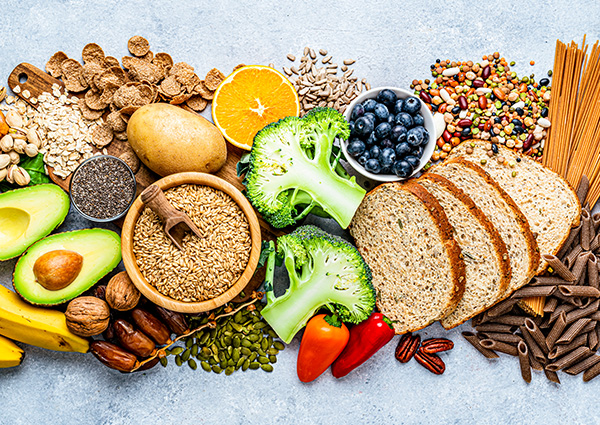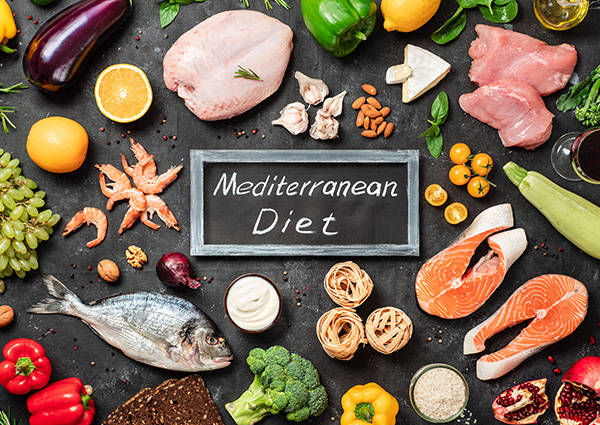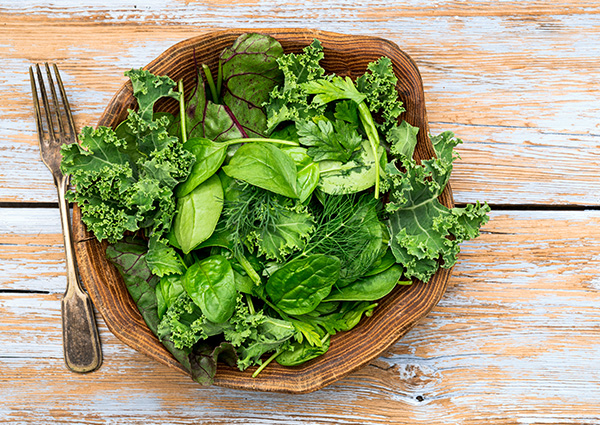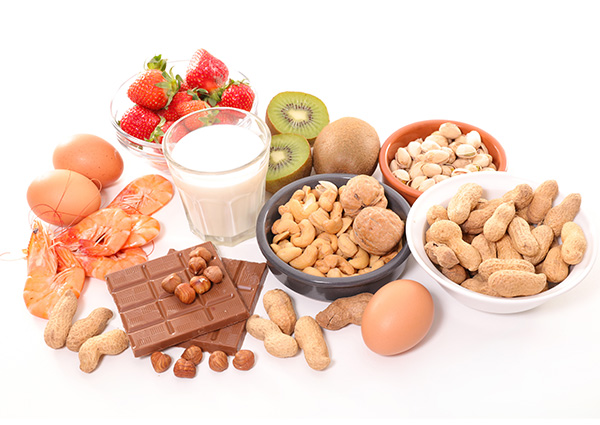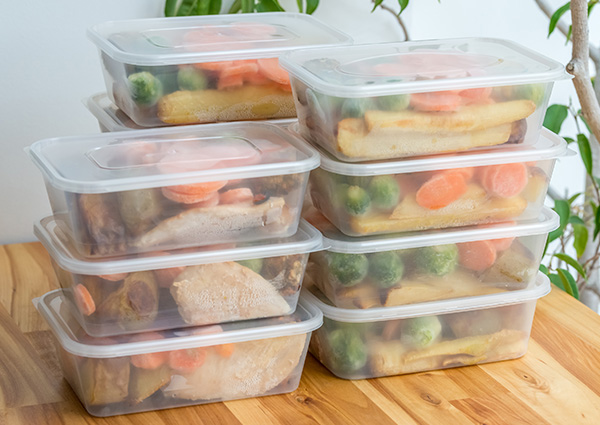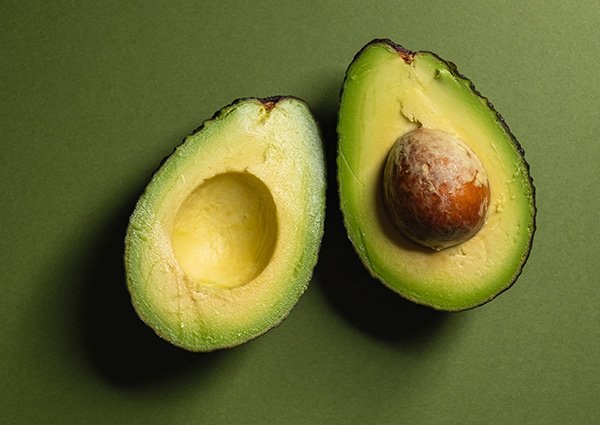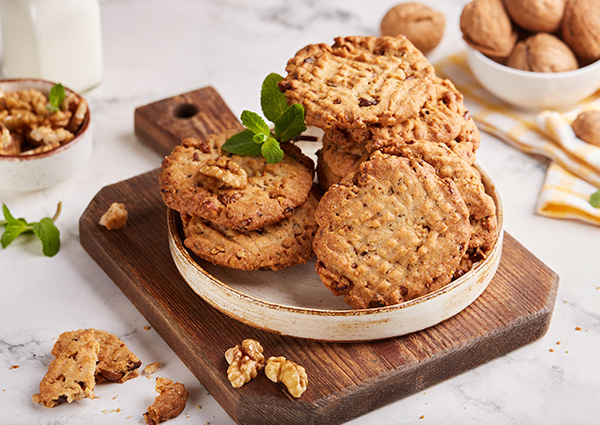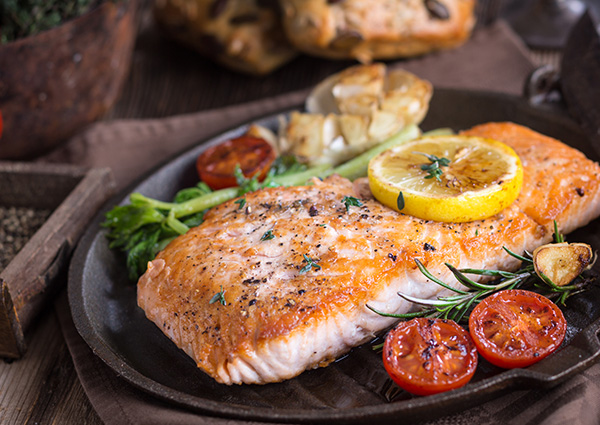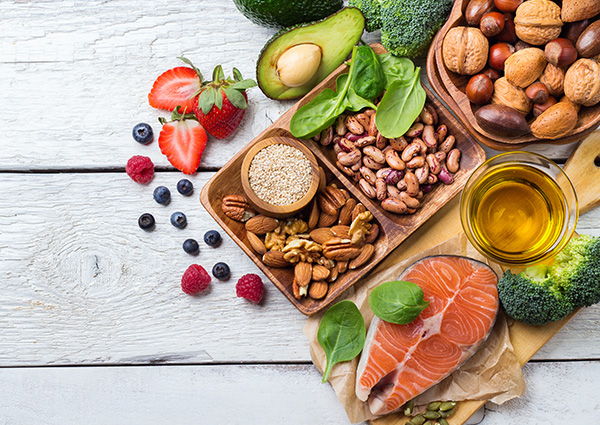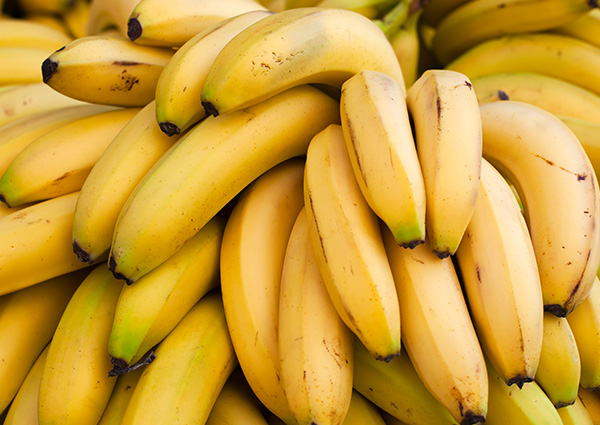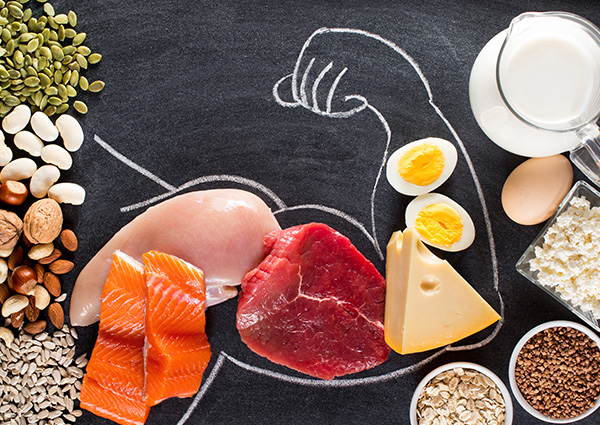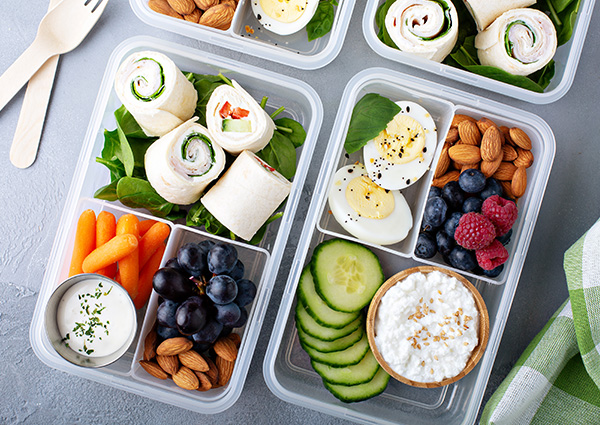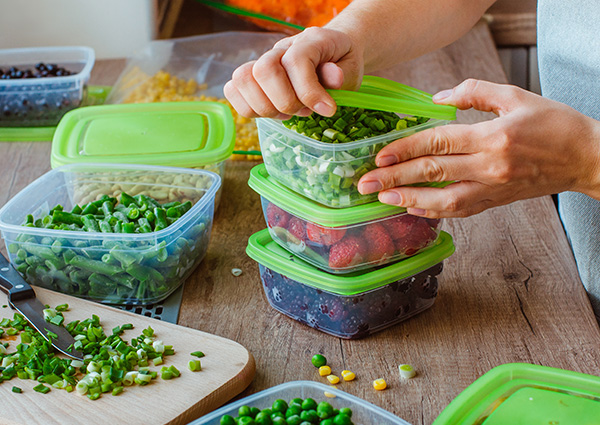
Feeding Tips & Tricks for Kids
Battling over foods is stressful for parents and kids. Though getting your kids to eat new foods can be challenging, different strategies can help you find mealtime success with the little ones. Use our tips to encourage healthy habits in your resistant eaters and more enjoyable dinners for all.
Get the kids engaged in cooking!
Turn picky eaters into budding chefs by getting them involved in the cooking process.
- When kids make the meal, they’re more likely to eat it. Assign age-appropriate kitchen tasks like measuring ingredients, washing produce, rolling dough, or whisking, mashing or garnishing.
- Provide the small chefs with their own kitchen tools like aprons, mixing spoons or colorful measuring cups to generate excitement for cooking.
- Encourage creativity! Ask for their input to modify recipes, helping them discover what flavors go together.
- Make the meal a hands-on experience by presenting new foods in miniature versions, in fun shapes, on skewers or with dips.
Encourage eating new foods with these tricks.
- Stick to Routines: Children thrive with routine, so try your best to serve meals and snacks at about the same time each day. And remember, hungry kids are more likely to try new things.
- Patience & Persistence: Kids often must be exposed to new foods several times before liking them. Keep in mind that children’s preferences fluctuate as they age, so just try again later if they don’t like it once. Serve the same food in different ways; offering a dip to go with new food or pairing it with a favorite will help them be more open to trying it.
The Power of Choice: Feeling more in control can help children try something new. Offer choices by asking things like, “Would you like an apple or a banana for a snack?” - Focus on Food Attributes: Discuss the colors, textures, aromas and flavors of ingredients and how the foods they eat will help them grow.
- Model Good Eating: Researchers find that family meals help young children self-regulate their food intake. Try to eat more family meals together and model healthy choices for your kids. They’ll be more likely to accept new foods if they see their parents, siblings or extended family enjoying those foods too!




